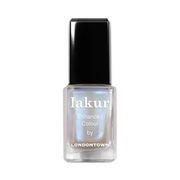Remove Face Pigmentation: Tips & Treatments
Dark spots and uneven skin tone are prevalent, especially in Australia’s harsh, sunny climate. It affects all skin types equally, making skin pigmentation issues incredibly common.
Sun spots and pigmentation can become visible on any part of the face and body regardless of skin colour. It’s not an issue exclusive to certain skin tones!
These pesky patches of darker skin can pop up due to a variety of reasons, and getting rid of them can take a fair bit of effort. Knowing how to get rid of pigmentation starts with understanding the different types of pigmentation and their causes.
Plus, we'll look at the best facial treatments for pigmentation - including whether it’s safe to try and remove pigmentation from the face at home. Spoiler alert: we don’t recommend that!

Table of Contents
- 1. What is Pigmentation?
- 2. Types of Pigmentation: A Guide
- 3. What are the Causes of Pigmentation?
- 4. Different Types of Treatments for Pigmentation and Dark Spots
- a. Natural Pigmentation Treatment at Home
- b. Retinoid Creams & Serums
- c. Face Acids
- d. Chemical Peels
- e. Laser Treatment
- 5. Beauty Affairs Pigmentation Treatment
What is Pigmentation?
In our skin is a kind of cell called a melanocyte - these little guys are responsible for creating a pigment called melanin. Sometimes, our skin can produce too much melanin in certain areas, leading to pigmentation.
Several different types of pigmentation commonly affect the skin - here’s how to identify what kind you’re dealing with and how to treat it.
Types of Pigmentation: A Guide
Pigment disorders are widespread and affect almost 80% of women in their lifetime. Not all types of pigmentation are the same - depending on your skin, you may have already experienced all three of the most common types of pigmentation!
We’ve broken down hyperpigmentation into three groups.
Sunspots and Age Freckles
Sunspots or age freckles appear as small, flat dark areas of skin. In scientific journals, they’re called solar lentigo. This kind of pigmentation can vary from the size of a rice grain to a five-cent coin.
They are a of pigmentation caused by excessive sun exposure - that's right, they're a sign of sun damage on your skin! Sunspots become more visible as you get older, which is why they’re also called age spots. Age spots are a sign of too much time spent in the sun without any sun protection!
Melasma
Melasma is where darker patches appear on the skin. It’s most commonly caused by pregnancy.
The cheeks, forehead, chin, and upper lip area is most commonly develop melasma.
Melasma often appears symmetrically on the skin. If you have an area of melasma on the right side of your face, you likely have a similar patch mirrored on the other side.
Post Inflammatory Hyperpigmentation
Acne causes skin inflammation, and when it heals abnormally, it leaves a dark spot.
This type of post-acne mark is called post-inflammatory hyperpigmentation (PIH). It’s more common in deeper skin tones. The more inflamed a pimple is, the more likely it is to leave a PIH spot behind.
While the skin repairs from a pimple, some melanin is produced to try and match the new tissue to the rest of your skin. However, sometimes the repairing skin cells get carried away and create too much melanin, creating a dark spot on skin.
What are the Causes of Pigmentation?
Excess skin pigmentation is caused by increased production of melanin. It leads to dark spots or patches on the skin's surface. Several factors are responsible for altering the production of melanin in the body. Here are the main ones.
Sun Exposure
The sun’s rays are the leading cause of pigmentation on skin for more than just one reason. When you get a tan from the sun, that’s a response from your skin. Your skin creates more melanin to try and protect itself from the sun’s rays.
However, UV rays can cause hyperpigmentation issues that don’t necessarily appear immediately. UVA rays pass deeper into the skin than UVB rays. The difference is, UVA rays can stress your skin’s cells at a cellular level. This causes pigmentation and texture issues that need to be addressed with professional skincare treatments.
Hormones
There’s a reason that melasma is often called the pregnancy mask. Surging female hormones are responsible for the darker patches on skin, and many women find that their melasma usually fades after pregnancy.
Pollution
The link between pollution and skin pigmentation may come as a surprise to you, but it’s true. Pollution causes pigmentation through a process called oxidative stress. Pollution can damage skin cell DNA, and this stress can cause skin cells to make mistakes when producing pigment - leading to pigmentation on the face.
Breakouts
If there’s just one reason not to pick and pop pimples, pigmentation is one of them. Breakouts often leave behind PIH - this post-acne mark is even more likely to form if you squeeze and pick at your skin!
Different Types of Treatments for Pigmentation and Dark Spots
Pigmentation and dark spots don’t fade away on their own. Therefore, in 90% of cases, people need treatment to remove pigmentation permanently. Read on to learn if you can rely on natural pigmentation-removing remedies and which skincare you should reach for to lighten dark spots.
Natural Pigmentation Treatment at Home
The best treatment for pigmentation on face at home is quality skincare products - not natural remedies. There are many problems with the natural remedies often suggested for fading dark spots, such as lemon juice and apple cider vinegar.
There are no scientific studies that show evidence of these remedies fading dark spots. Scientific journals often record scarring of the skin and worsening of hyperpigmentation when these remedies are used as an attempt to remove dark spots.
So, if you’re wondering how to remove pigmentation from face at home, be sure to use well-formulated skincare products - not natural remedies. The best way to treat pigmentation at home is with quality skincare that includes ingredients such as Retinoids, Glycolic Acid, or Vitamin C!
Retinoid Creams & Serums
This family of skincare ingredients includes retinol, a potent Vitamin A derivative. If you’re looking for an effective pigmentation removal cream, try one formulated with Retinol. It works by supporting cellular turnover, replacing old and pigmented cells with new and healthy ones. It's the best treatment for face pigmentation and anti-ageing.
You can try Dermalogica Overnight Retinol Repair & Buffer Cream and Dermalogica Overnight Repair Serum, available at Beauty Affairs. Both products are highly beneficial in fading skin pigmentation and dark spots.
Face Acids
I know what you’re thinking - are acids something you want to put on your skin? These exfoliating ingredients are often formulated into cleansers, scrubs, and facial treatments to help lighten dark spots and improve skin texture.
Face acids fall into two categories - Alpha-Hydroxy Acids (AHAs) and Beta-Hydroxy Acids (BHAs).
Glycolic Acid, Lactic Acid, and Malic Acid are all examples of effective AHAs that lighten dark spots for even-toned skin. Salicylic Acid is the only BHA used for skin care, and in higher concentrations, it can also address the appearance of dark spots on skin.
One of our fave is Dermalogica Daily Glycolic Cleanser. Use it a few times a week is a great way to get the benefits of this dark spot-fading face acid for your skin.
Chemical Peels
Chemical peels are non-invasive skin revitalising treatments dedicated to counteracting visible signs of aging and pigmentation. A chemical peel utilises a more potent concentration to treat an area of the skin.
Intensive chemical peels to remove pigmentation from face should be performed by professionals at beauty spas. However, it's possible to buy less potent options that you can use safely at home to fade dark spots.
One of our picks is the Dermalogica Daily Resurfacer pads to smooth and brighten skin. It’s one of the best chemical peels at home that you can use to lighten pigmentation thanks to an effective, dermatologist-approved formula.
Laser Treatment
If you want to know how to remove pigmentation from skin for good, laser treatment is the way to go. It's one of the best treatments to remove pigmentation from the face - these high-powered lasers target the excessive melanin, lightening imperfections for even-toned skin.
Sydney CBD MediSpa offers luxury pigmentation laser removal treatment. We utilise the latest technology to remove unwanted dark spots on the skin. It is a minimally invasive procedure that provides effective and long-lasting results.
Beauty Affairs Pigmentation Treatment
Beauty Affairs MediSpa provides luxury treatment to clients for the treatment of pigmentation. First, we analyse our client's skin with a VISIA machine with the help of UV light and take pictures of the face. This means that our team can identify exactly the type of pigmentation you have, and how to tailor the treatment to your needs.
Our expert beauticians formulate a personalised skincare regime for you. Next, our aestheticians provide laser pigmentation removal treatment that targets the area of your choice and reduces the appearance of freckles, pigmentation, and age spots. Find out here what Rachel loves about our luxurious, effective beauty treatment.
The laser targets the pigmented lesions, which absorb the light without damaging the surrounding skin cells revealing new, even-toned skin. It’s the professional treatment to truly lighten dark spots, especially if you feel like you’ve tried everything without getting visible results.
Where to get face pigmentation treatment? Well, our most convenient location to try pigmentation treatment in Sydney CBD is on Market Street.
While for those in the suburbs, trying our pigmentation treatment in Brookvale Beauty Affairs MediSpa is the way to go.
Reference
- https://www.skincancercentres.com.au/blog/top-4-pigmentation-treatments
- https://www.healthline.com/health/beauty-skin-care/hyperpigmentation-treatment
- https://www.marieclaire.com.au/best-treatments-for-face-pigmentation
- https://www.verywellhealth.com/skin-pigmentation-5088368


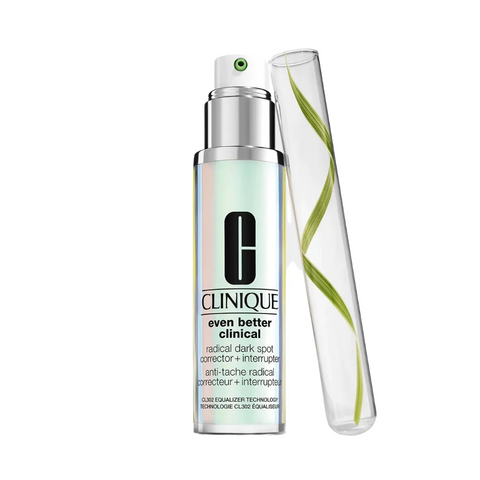 Clinique Even Better Clinical™ Radical Dark Spot Corrector + Interrupt
Clinique Even Better Clinical™ Radical Dark Spot Corrector + Interrupt Dermalogica PowerBright Moisturizer SPF50
Dermalogica PowerBright Moisturizer SPF50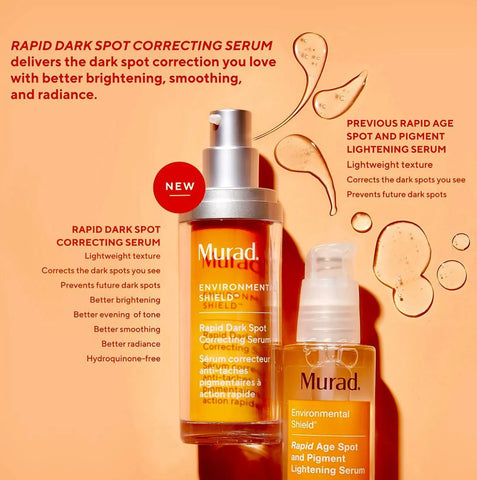 Murad Rapid Dark Spot Correcting Serum
Murad Rapid Dark Spot Correcting Serum Murad Vita-C Triple Exfoliating Facial
Murad Vita-C Triple Exfoliating Facial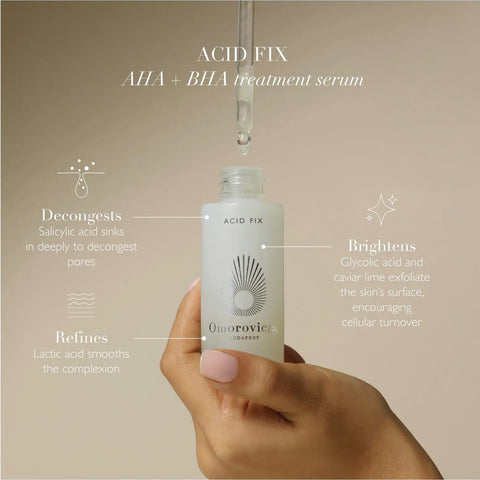 Omorovicza Acid Fix
Omorovicza Acid Fix Murad Vita-C Glycolic Brightening Serum
Murad Vita-C Glycolic Brightening Serum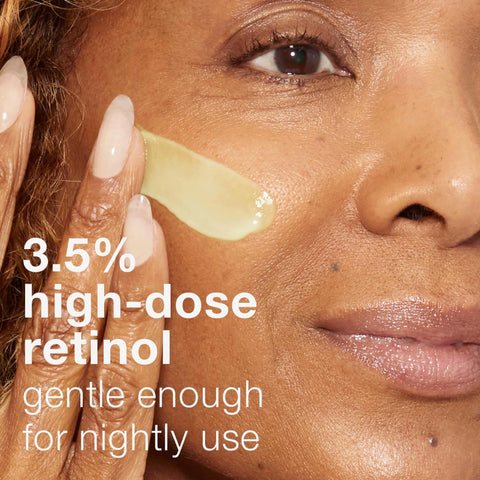 Dermalogica Dynamic Skin Retinol Serum
Dermalogica Dynamic Skin Retinol Serum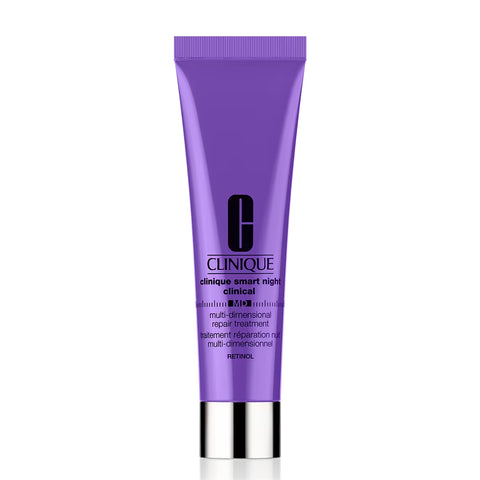 Clinique Smart Night Clinical MD Multi-Dimensional Repair Treatment
Clinique Smart Night Clinical MD Multi-Dimensional Repair Treatment Murad AHA/BHA Exfoliating Cleanser
Murad AHA/BHA Exfoliating Cleanser Dermalogica Clear Start Breakout Clearing Liquid Peel
Dermalogica Clear Start Breakout Clearing Liquid Peel
